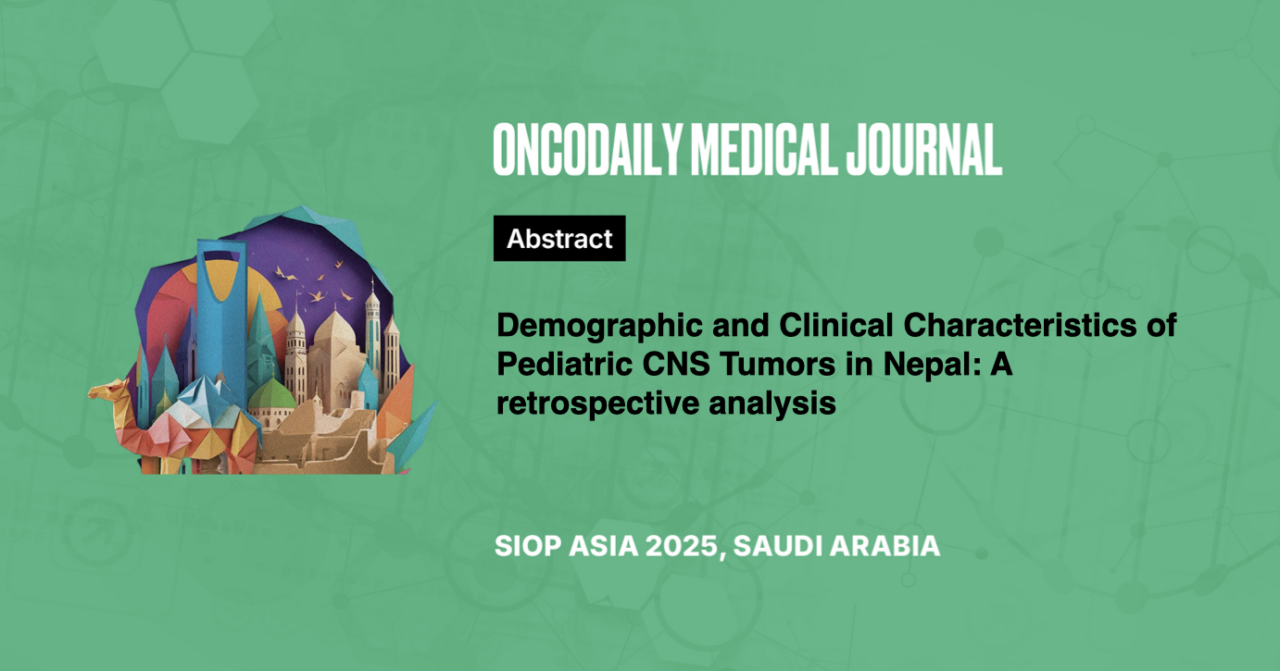Abstract
Introduction: Pediatric Central Nervous system (CNS) tumors are the most common solid tumors in children and a leading cause of cancer-related mortality in this population. In Nepal, where healthcare resources are limited and data on pediatric CNS tumors is sparse, understanding their demographic and clinical characteristics is crucial for improving early diagnosis, and treatment outcomes and guiding future research and resource allocation.
Methodology: A detailed retrospective analysis was performed on a series of 57 pediatric patients under 19 years of age treated in a national-level cancer center between 2021 and 2024 through patient chart records based on their clinical, histological, treatment, and follow-up data.
Results: The Mean age of 9.5 years and male predominance (59.6%) was noted. The most common tumors were medulloblastoma (29.8%), ependymoma (24.6%), and glioma (22.8%). Frequent presentations were headache (58.8%), vomiting (43.1%), and paresis (27.5%), with an average symptom duration of 67 days. The most common locations were the fourth ventricle (17.5%) and the posterior cranial fossa/pons (12.3%). Surgical intervention was performed in 82.3% of cases, including subtotal resection (38.6%) and gross total resection (22.8%).
WHO grade IV tumors accounted for 26.3% of cases. Postoperative residual lesions and spinal metastasis were seen in 71.8% and 26.9% respectively. 52.9% and 29.4% of patients received adjuvant Radiotherapy and chemotherapy predominantly with curative intent. 21.5% of patients refused any treatment. Disease progression and stable disease were seen in 23.5% and 23.5% of cases. The Median survival after surgery was 24.5 months.
Conclusion: The mean symptom duration of 67 days and high residual lesion post-surgery reflect diagnostic delays and surgical challenges. Significant treatment refusal rates and mortality despite the widespread use of surgery and adjuvant therapy highlight the need for emphasizing early detection, streamlined treatment pathways, and enhancing supportive care to optimize outcomes for children with CNS tumors in Nepal.





